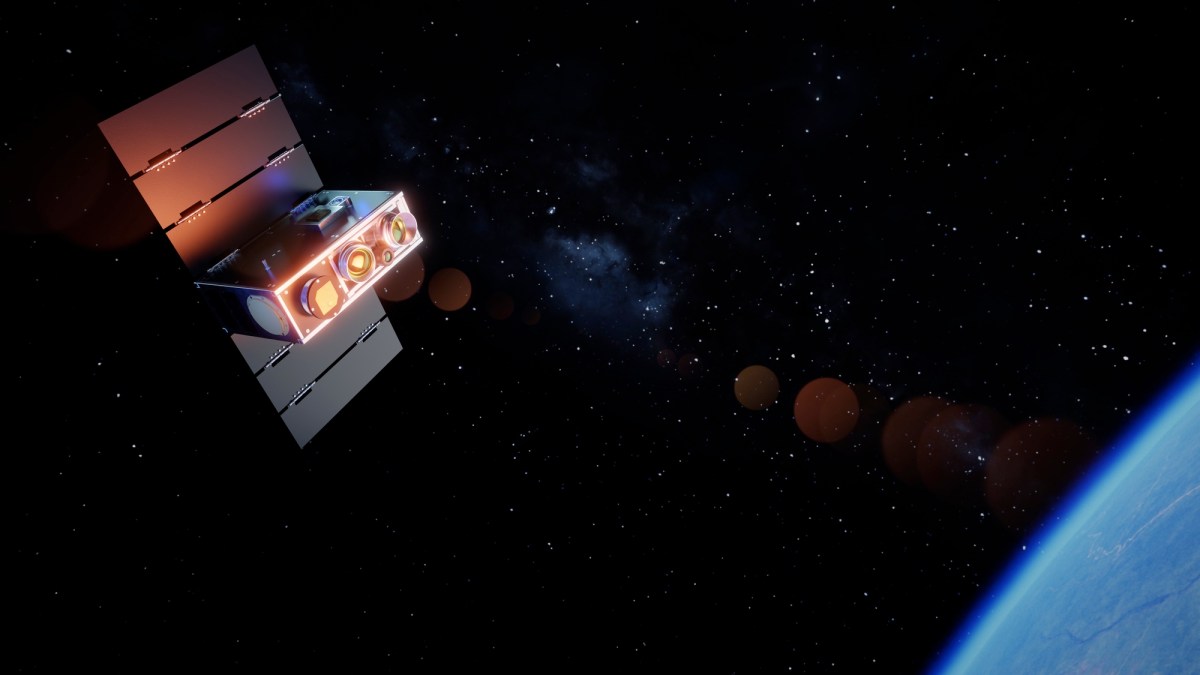MILAN — OroraTech has raised 25 million euros ($27.3 million) to build the next phase of a satellite constellation for monitoring wildfires and to expand its business.
The Munich-based startup announced Oct. 15 that it raised the Series B funding round, led by Korys, the European Circular Bioeconomy Fund (ECBF), and existing investor Bayern Kapital.
OroraTech is developing a constellation of small satellites equipped with thermal cameras designed to rapidly detect wildfires and alert first responders and others. The company currently operates two satellites in low Earth orbit but has plans for a constellation of up to 100 such satellites.
Part of the funding will go towards building out the constellation, said Martin Langer, chief executive of OroraTech, in an interview. A third satellite is planned for launch in early 2025, followed by two sets of eight satellites each later in the year.
The satellites will initially fill gaps in data that the company accesses from other sources, like government satellites. “We have a gap between about three o’clock and eight o’clock,” he said referring to the local time the satellites pass overhead in their sun-synchronous orbits. That corresponds to a peak in the intensity of wildfires and the highest probability that new fires will emerge. New satellites, he said, will go into orbits with crossing times of five to six o’clock.
With the upcoming satellites, he said the company can provide twice-daily coverage of any location, which can be improved by rotating the satellites for off-nadir observations. The complete constellation of 100 satellites will have revisit times of 30 to 60 minutes, he added.
OroraTech initially worked with Spire, which flew thermal cameras on its satellites through Spire’s “space as a service” business. Langer said that his company is now building its own 8U cubesats but expects to continue working with Spire. “And in the future, I see us still going with this hybrid way, because some of our clients demand timelines that we can only manage right now working with Spire.”
About a third of the new funding round will go to building out the constellation, he said. Another third will be used to enhance its data modeling work, using satellite data to model the development of fires and their future spread. The final third will allow the company to expand its presence in North America.
The company sees strong interest in its fire detection services from governments, including a 20-million-euro contract it signed with the government of Greece in July, in partnership with the European Space Agency, to build a national wildfire detection system. It has also attracted business from companies that operate infrastructure like power lines that are vulnerable to fires.
